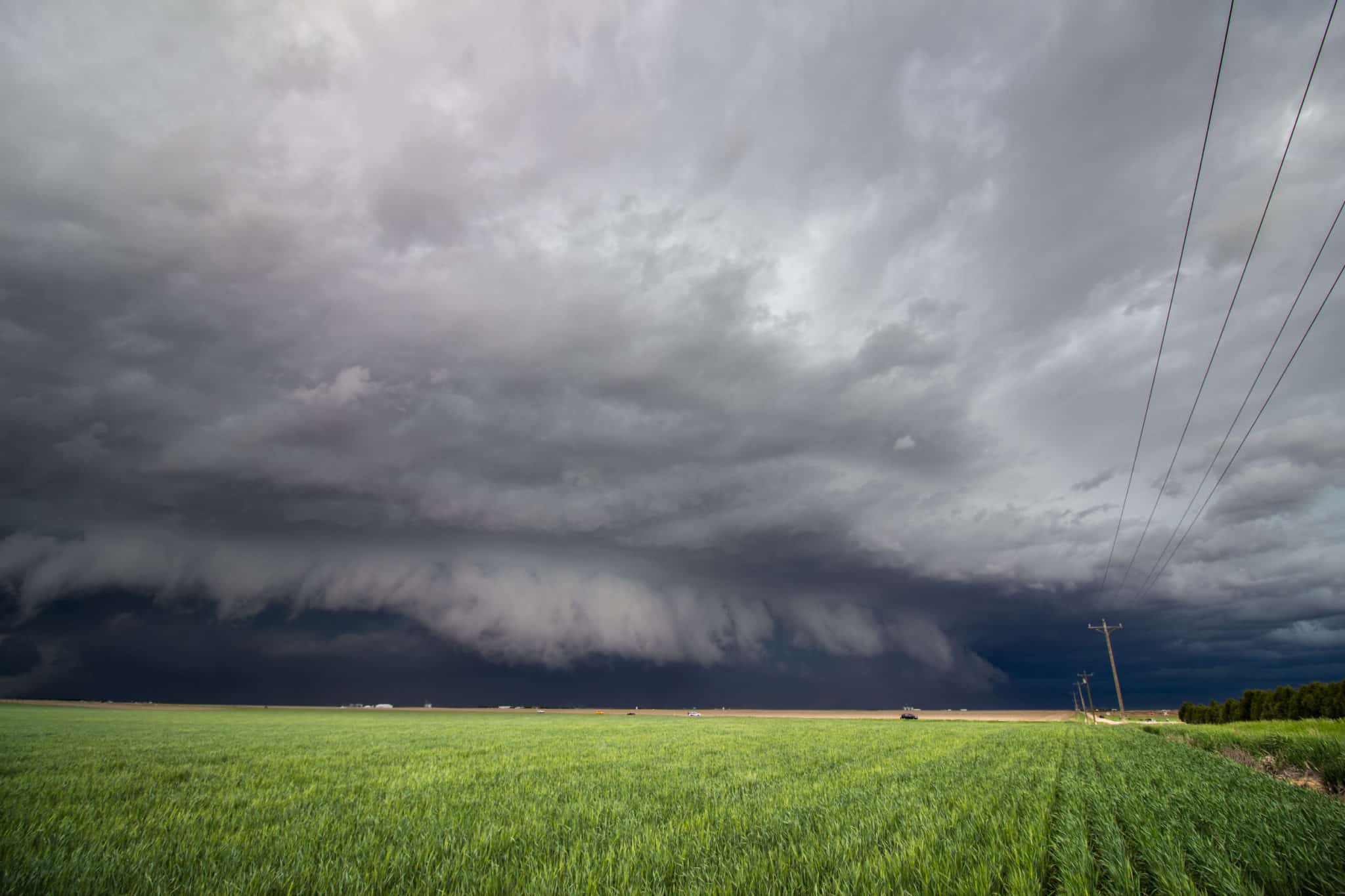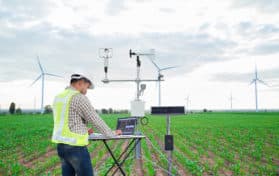
As extreme weather becomes more commonplace across the planet, more and more scientists are making connections between weird weather and climate change. In 2021 alone, numerous events have taken place across the United States alone: freezing weather and two ice storms in one week across the Deep South; Hurricane Ida brought in record storm surge in Louisiana, then dumped even more rain across the Northeast; numerous wildfires have wreaked havoc in California. Wyoming is already seeing snowfall in early October.
The incident of more devastating hurricanes is a phenomenon that has increased each year since 2002. Drought is an enormous problem in California (it contributes to the wildfires). Europe and Asia have also seen a number of extreme weather events, and the Caribbean Islands are pelted by hurricanes one right after the other.
How does climate change affect the increase in record-breaking extreme weather?
According to Jennifer Francis, a scientist at Rutgers University, changes in the northern polar ice are having a drastic and devastating effect on the jet stream, which plays a role in extreme weather. The jet stream is a high-level flow of winds that circles the northern latitudes, and it serves as a barrier between the cold northern air and the warm, moist southern air. The temperature differential between arctic and temperate latitudes is what powers the jet stream.
When the arctic warms, the jet stream slows and weakens. It begins to “meander,” according to weather experts. This “meandering” wind then tends to “get stuck” over the northern hemisphere. When the jet stream gets “stuck,” we then see long lasting drought, endless heat waves, and perpetual rain – all depending upon the type of weather the jet stream gets “stuck” in.
This is known among weather experts as “extreme event attribution.” Over 350 peer-reviewed studies have shown a correlation between extreme weather and climate change. These experts believe that human activity is what is causing the phenomenon to persist.
Of the 405 extreme weather events mapped by the peer-reviewed study, at least seventy percent of the events were linked to man-made climate change (climate change caused by human activity). Nine percent of weather trends were made less severe by climate change; this means that at least 79 percent were caused by human activity leading to climate change. However, 21 percent of extreme weather events were described as having no human influence.
Ninety-two percent of the 122 attribution studies conducted as a part of the peer-reviewed study were found to have been made more severe due to human activity. In the case of rainfall and flooding events, at least fifty-eight percent were made more severe due to human activity.
The map that weather experts and scientists are using to show this data includes three types of studies: papers in peer-reviewed journals, individual extreme events, and long term trends in the field.
Most of the extreme weather events studied included extreme heat events, flooding, and drought.
However, none of these studies mention the influence that La Nina – a jet stream that has consistently been present since before 2010, may have had some influence on the amount of rainfall a place may have as well as the severity of hurricanes.





